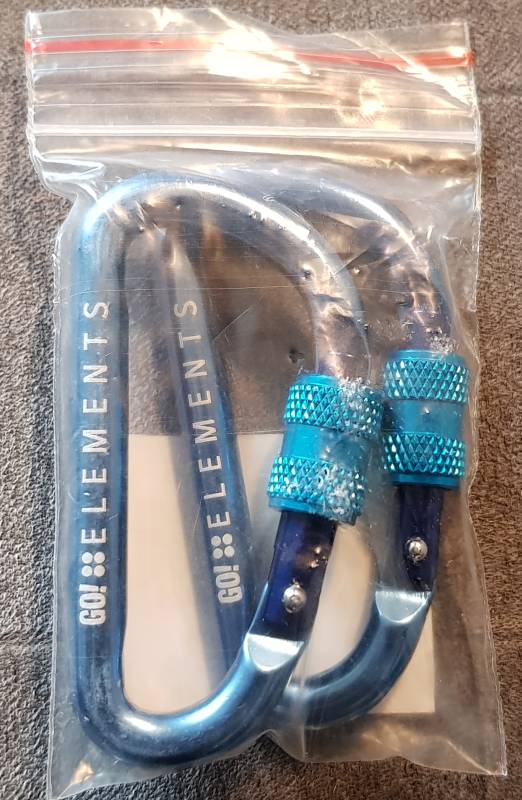

Adsorption of two metals Cu ²⁺ and Fe ³⁺ was fast, with equilibrium attained within 30 min. The specific surface areas of N-Hap and C-Hap are found to be 46.87 and 40.98 m ² /g, respectively. The presence of functional groups on N-Hap surface was confirmed by FTIR analysis. The results obtained show that SEM images confirmed the formation of porous N-Hap with various morphologies and the average particle size ranges from 50 to 100 nm and the CaP ratio is 1.657. The structural characterization of N-Hap and C-Hap were carried out by Fourier transform infrared (FTIR) analysis, textural analysis (BET), morphology, and elemental analysis via scanning electron microscopy (SEM-EDX). In this study, low-cost biomaterial hydroxyapatite (N-Hap) prepared from bovine bones was tested for its potential to sorb copper Cu ²⁺ and Fe ³⁺ from aqueous solution and was compared with commercial hydroxyapatite (C-Hap). Among all investigated resins, the resin with cyclic amine groups revealed better separation properties in acidic solution (pH=1) with the highest sorption capacity up to 46.4 mg Re/g and a distribution coefficient of 870 that is more attributed to a steric barrier created against the polymeric molybdenum ions that are larger than objective ions in the studied system. The synthesized resins then were assayed in a batch mode using binary solutions of Re(VII) and Mo to evaluate their efficiency to the selective sorption of rhenium ions. Different analyses such as scanning electron microscopy (SEM), Fourier transform infrared spectroscopy (FTIR), inductively coupled plasma-optical emission spectrometry (ICP-OES), Kiejdahl’s and Volhard’s methods were used to characterize the synthesized resins. N-pentylamine, propylamine, and pyrrolidine were used in the investigation. The effect of chain length and cyclic amine on the performance of resins was investigated in a multicomponent system (Re & Mo). Three amine-functionalized resins were prepared by suspension polymerization of vinyl-benzyl chloride, divinylbenzene, and subsequent amination process. The results show that the ion exchanger could be employed for the preconcentration, separation and the determination. The presence of low ionic strength or low concentration of acids does have a significant adsorption of metal ions on ion-exchange resin. The metal adsorption for the cation exchanger was found to be significant in different media for both nitric and hydrochloric acids, i.e., the adsorption up take of metal ions presented in this work is very significant depending on the characteristics of ions and on the external concentrations of solute. Batch shaking adsorption experiments to evaluate the performance of nitric and hydrochloric acid solutions in the removal of metal ions by cation exchange resin at the same conditions for both, such as the effect of initial metal ion concentration, different proportions of some organic solvents, H+-ion concentrations and reaction temperature on the partition coefficients. Removal of heavy metal ions such as Fe(III), Cd(II), Zn(II), Cu(II), Mn(II), Mg(II), and Pb(II) from water and wastewater is obligatory in order to avoid water pollution.

Of the metal ions in tap, Nile, waste and sea water samples and some ores were carried out.


 0 kommentar(er)
0 kommentar(er)
